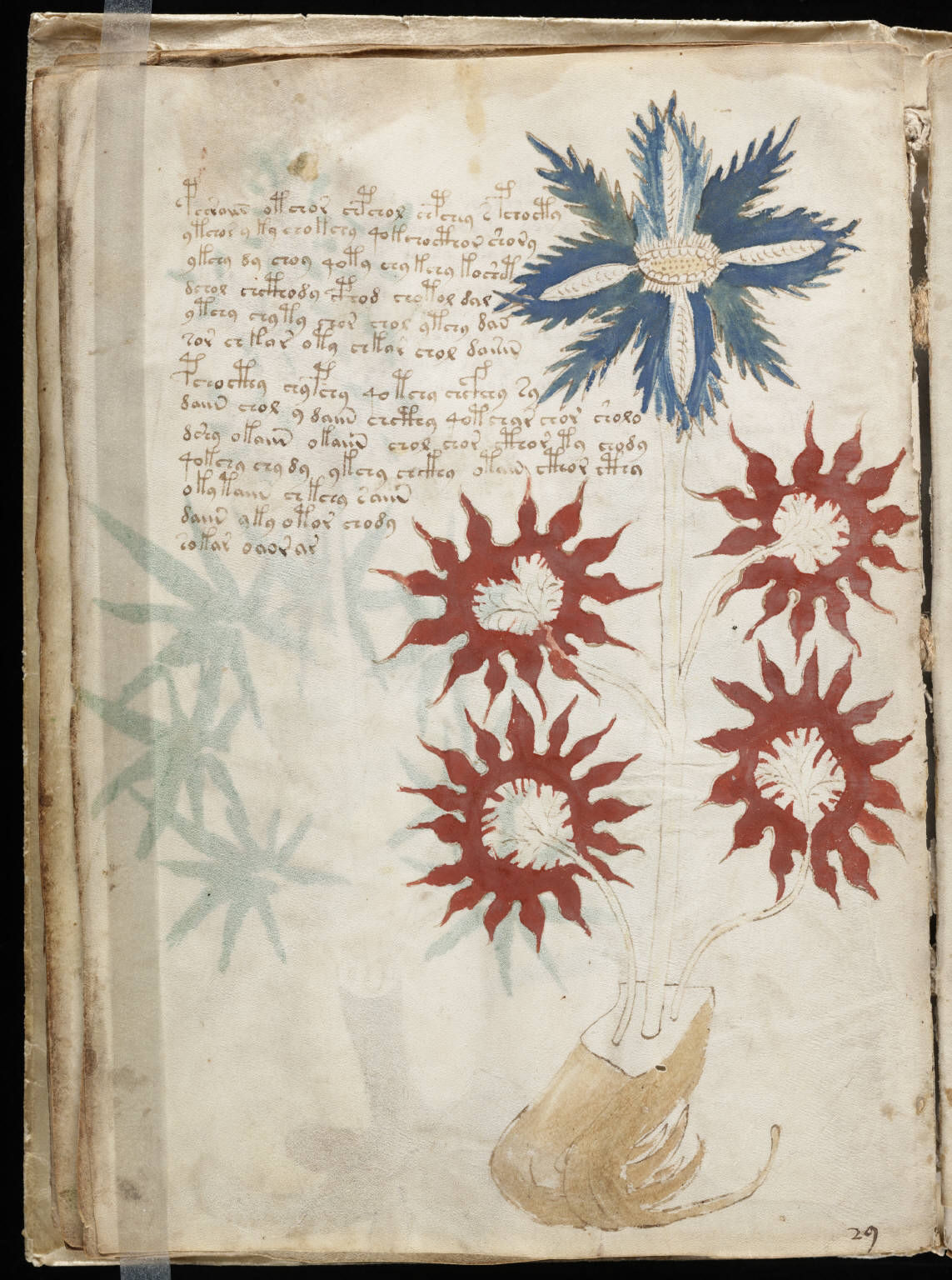The Voynich Manuscript: A Mysterious Codex from the Renaissance
The Voynich manuscript is one of the most intriguing and enigmatic documents in the world. It is a hand-written book filled with illustrations and text in an unknown script that has defied all attempts to decipher it. The manuscript dates back to the early 15th century and is thought to have originated in Italy during the Renaissance.
But who wrote it, what does it mean, and what secrets does it hide?
The History of the Manuscript
The Voynich manuscript was named after Wilfrid Voynich, an antiquarian bookseller who bought it in 1912 from a Jesuit college in Italy. He claimed that he found a letter inside the book that stated that it once belonged to Emperor Rudolf II of Bohemia, who paid 600 gold ducats for it in the late 16th century. The letter also mentioned that the manuscript was written by Roger Bacon, a 13th-century English philosopher and scientist. However, this claim has been disputed by modern scholars, who have suggested other possible authors, such as Antonio Averlino (also known as Filarete), a 15th-century Italian architect and writer, or Jacobus Sinapius (also known as Jakub of Tepenec), a 16th-century Czech alchemist and physician.
The manuscript passed through several hands until it reached Athanasius Kircher, a 17th-century German Jesuit scholar and polymath, who was interested in deciphering ancient languages and codes. He received two copies of parts of the manuscript from his friend Jan Marek Marci, a Czech physician and rector of Charles University in Prague, who inherited it from Georg Baresch, another Czech alchemist and collector. Kircher tried to decode the manuscript but apparently failed. He kept it in his library until his death in 1680.
The manuscript then disappeared from public view until Voynich acquired it in 1912. He tried to sell it to various institutions and experts, but no one was willing to buy it. He died in 1930 and his wife Ethel inherited the manuscript. She sold it to another bookseller, Hans Peter Kraus, in 1961. Kraus donated it to Yale University’s Beinecke Rare Book and Manuscript Library in 1969, where it remains today.
The Contents of the Manuscript
The Voynich manuscript consists of about 240 parchment pages, some of which are foldable or missing. The pages are divided into six sections based on the illustrations: botanical, astronomical, biological, cosmological, pharmaceutical, and recipes. The illustrations are colorful and detailed, depicting plants, stars, zodiac signs, nude women, medallions, jars, and other objects. Some of the illustrations are realistic, while others are fantastical or nonsensical.
The text is written in a script that has not been identified or deciphered. It consists of about 25 to 30 different symbols that resemble Latin letters or numbers, but do not correspond to any known alphabet or language. The text is arranged in one column on each page, with paragraphs separated by stars or other symbols. The text follows some rules of orthography and syntax, such as word length and frequency, but does not seem to have any punctuation or capitalization.
Many scholars and cryptologists have tried to crack the code of the Voynich manuscript over the years, using various methods and techniques. Some have claimed to have found partial or complete solutions, but none have been widely accepted or verified by other experts. Some of the proposed hypotheses are:
The manuscript is written in a natural language that was encoded using a simple substitution cipher or anagramming.
The manuscript is written in a constructed language that was invented by the author for a specific purpose or audience.
The manuscript is written in a synthetic language that combines elements from different languages or dialects.
The manuscript is written in a meaningless gibberish that was created to fool or impress someone.
The Mystery of the Manuscript
The Voynich manuscript remains one of the most fascinating and puzzling mysteries in the history of literature and science. It has inspired many theories and speculations about its origin, meaning, and purpose.
Some of the questions that still intrigue researchers and enthusiasts are:
● Who wrote the manuscript and why?
● What is the relationship between the text and the illustrations?
● What kind of knowledge or information does the manuscript contain or conceal?
● What is the cultural and historical context of the manuscript?
● How can we decipher the script or understand the language?
The Voynich manuscript challenges our curiosity and imagination with its secrets and mysteries. It invites us to explore its pages and discover its wonders. It is a testament to the human creativity and ingenuity that transcends time and space.








0 Comments